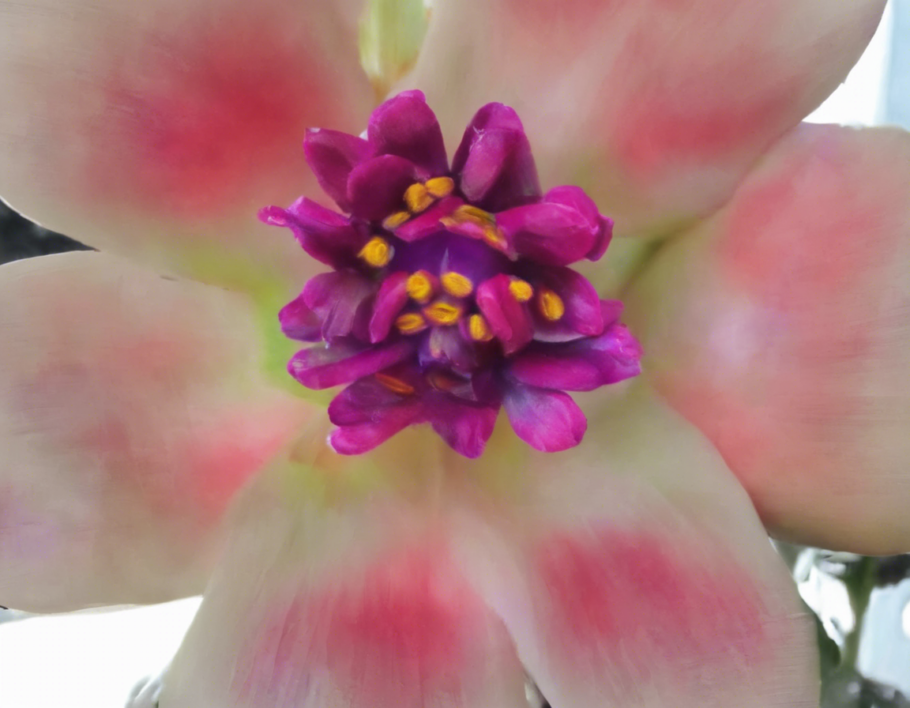Introduction
The Shiv Ketki flower, also known as Parijat or Night-flowering Jasmine, is a beautiful and mystical flower that has been cherished in many cultures for its enchanting fragrance and delicate appearance. This flowering plant belongs to the Nyctaginaceae family and is native to South Asia and Southeast Asia.
Historical Significance
The Shiv Ketki flower holds significant importance in Hindu mythology. According to legends, this flower is believed to be associated with the famous love story of Lord Krishna and Princess Radha. It is said that the Parijat tree was planted by Lord Krishna himself in his beloved Radha’s courtyard as a symbol of their eternal love.
Physical Characteristics
The Shiv Ketki flower is a small to medium-sized shrub that can grow up to a height of around six to ten feet. It produces fragrant white flowers with orange centers that bloom at night and wither away by the morning. The leaves of this plant are simple, glossy, and dark green in color.
Cultural Significance
In Indian culture, the Shiv Ketki flower is highly regarded for its aesthetic appeal and spiritual symbolism. It is often used in religious ceremonies, festivals, and rituals. The flowers are considered sacred and are offered to deities in temples as a mark of devotion and reverence.
Medicinal Properties
Apart from its ornamental and religious value, the Shiv Ketki flower also possesses various medicinal properties. In Ayurveda, the flowers, leaves, and seeds of this plant are used for treating a range of health issues, including skin disorders, digestive problems, and inflammatory conditions.
Growing Conditions
The Shiv Ketki plant thrives in warm and tropical climates. It prefers well-drained soil and requires regular watering to keep the soil moist but not waterlogged. This plant is best grown in full sun to partial shade, and regular pruning helps in maintaining its shape and promoting healthy growth.
Propagation
Propagation of the Shiv Ketki plant can be done through seeds or stem cuttings. Seeds should be sown in well-draining soil, while stem cuttings can be taken during the spring or summer months. The plant can also be propagated through air layering, which is a popular method for ensuring a higher success rate.
Pests and Diseases
While the Shiv Ketki plant is relatively low-maintenance, it can be susceptible to certain pests and diseases. Common issues include aphids, spider mites, and leaf spot diseases. Regular inspection, proper watering, and adequate ventilation can help prevent these problems.
Frequently Asked Questions (FAQs)
1. Is the Shiv Ketki flower toxic to pets?
No, the Shiv Ketki flower is non-toxic to pets. However, it is always advisable to keep all plants out of reach of pets to prevent accidental ingestion.
2. How often should I fertilize my Shiv Ketki plant?
Fertilize your Shiv Ketki plant once a month during the growing season (spring and summer) with a balanced fertilizer to promote healthy growth and blooming.
3. Can the Shiv Ketki plant be grown indoors?
While the Shiv Ketki plant prefers outdoor conditions, it can be grown indoors near a window that receives bright, indirect sunlight. Ensure proper watering and humidity levels for indoor cultivation.
4. How do I harvest and store Shiv Ketki flowers for later use?
Harvest Shiv Ketki flowers early in the morning before they wilt. Store them in a cool, dry place away from direct sunlight to preserve their fragrance and freshness.
5. How long does it take for Shiv Ketki flowers to bloom after planting?
Shiv Ketki flowers typically bloom within a few weeks to a month after planting, depending on the growing conditions and care provided to the plant.
6. Can the Shiv Ketki plant tolerate cold temperatures?
The Shiv Ketki plant is sensitive to cold temperatures and frost. It is best grown in regions with warm and tropical climates to thrive and bloom successfully.
Conclusion
The Shiv Ketki flower is a symbol of beauty, spirituality, and cultural significance. Its captivating fragrance, delicate appearance, and rich history make it a cherished plant in gardens, temples, and households. By understanding its growing requirements, propagation techniques, and medicinal properties, enthusiasts can appreciate and cultivate this extraordinary flower with care and reverence.

